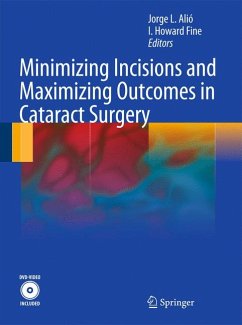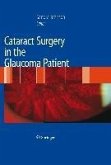Many ophthalmologists are in the transition from the traditional cataract surgery technique to the new minimally incision cataract surgery (MICS) technique. They are in the need of updated information on how to make this transition smoothly. In this book, world-renowned opinion leaders present up-to-date information on the new and fast-developing trends in cataract surgery. It reflects the state of the art of microincisional cataract surgery with the concept of minimizing incision. It offers all necessary information on the new technology as well as on the surgical technique. Further, it demonstrates how to handle difficult cataract cases as well as new intraocular lenses.
Dieser Download kann aus rechtlichen Gründen nur mit Rechnungsadresse in A, B, BG, CY, CZ, D, DK, EW, E, FIN, F, GR, HR, H, IRL, I, LT, L, LR, M, NL, PL, P, R, S, SLO, SK ausgeliefert werden.
Hinweis: Dieser Artikel kann nur an eine deutsche Lieferadresse ausgeliefert werden.









